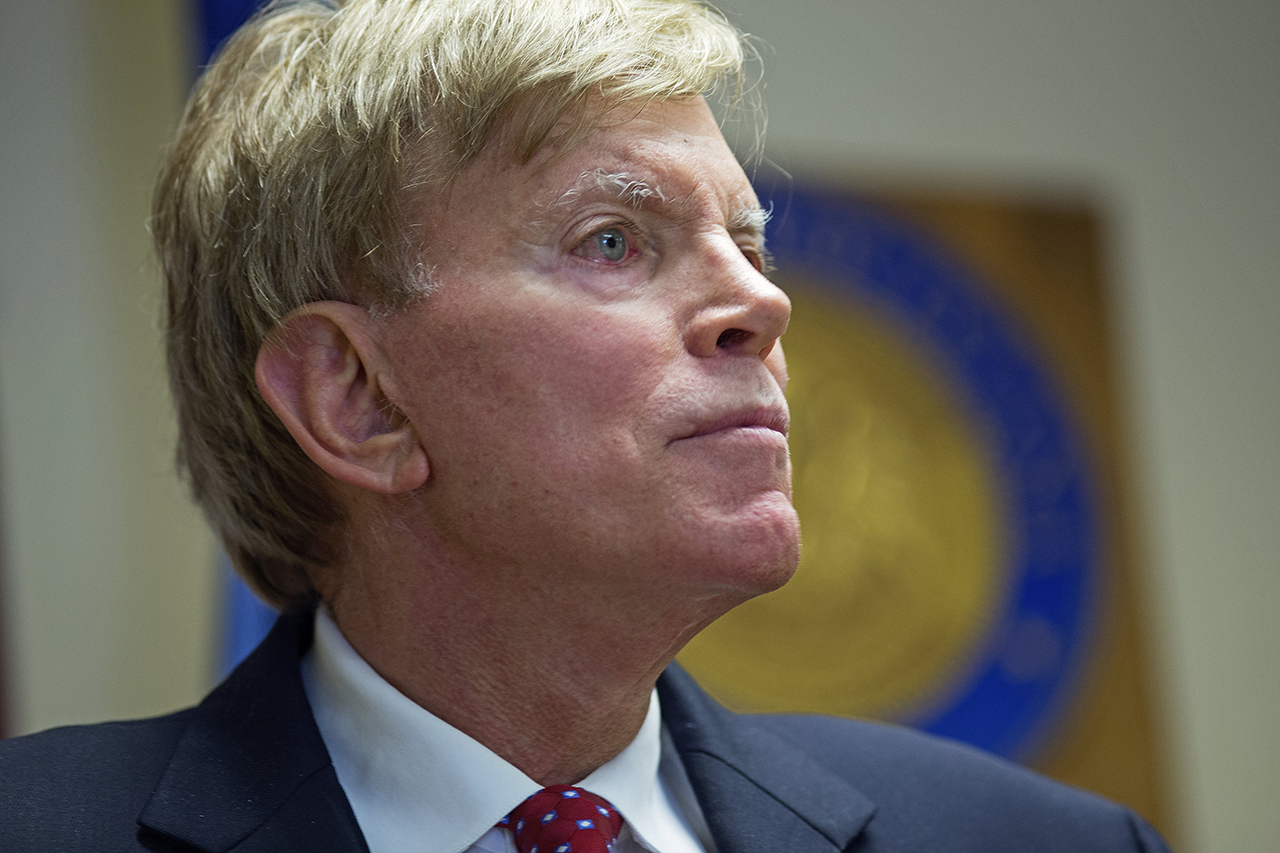Shootings and shock value: Hoodies, PSA use similar tactics
NEW YORK (AP) — In a breezy back-to-school video spot, angelic children describe their beloved new headphones, sneakers, skateboard. Soon, though, a disturbing reality dawns on the viewer: Those cherished new belongings are merely tools to foil a school shooter stalking the children.
And in a fashion show last week, the fashion brand Bstroy offered a sort of back-to-school vision of its own, with models showing off hoodies emblazoned with the names of four schools touched by mass shootings, rent by what appeared to be bullet holes.
Both used shock value to make a point about gun violence — and both are dealing with different levels of reaction, some positive and, in the case of the fashion show, a lot of it negative.
"They knew exactly what they were doing in both cases and purposefully wanted to provoke it," said Paul Argenti, a communication professor at Dartmouth College.
The backlash to the hoodies — which carried the words Sandy Hook, Stoneman Douglas, Columbine and Virginia Tech, sites of some of the deadliest school shootings — was swift and unforgiving after the fashion photos were posted last week on Instagram.
Sandy Hook Promise, the nonprofit that is led by relatives of victims of the 2012 Sandy Hook Elementary School shooting and that released the "Back-to-School Essentials" campaign ad Wednesday, was particularly vocal.
"The fact that a designer would seek to profit by glamorizing the school violence that killed our children, Dylan and Daniel, and the deaths of so many more, is repugnant and deeply upsetting," said Nicole Hockley and Mark Barden, managing directors of Sandy Hook Promise, in a news release.
"Nicole still has the bullet-ridden shirt Dylan was wearing the day he died," Aimee Thunberg, spokesperson for Sandy Hook Promise, said in an email. "It is sacred, and for someone to pretend to create something like it — for their own bank balance — is indecent."
Fred Guttenberg, father of Jaime Guttenberg, who died in the Parkland shooting, tweeted : "Under what scenario could somebody think this was a good idea? This has me so upset. If any of my followers no anybody involved with this clothing line, please ask them to stop it immediately."
But as in many fashion shows, there was no intention to make the hoodies available for retail sale, said Bstroy co-founder Dieter Grams.
Moreover, he said, he sees commonalities between the Sandy Hook ad and what he described as his own company's artistic attempt to bring attention to gun violence and honor its victims.
"I thought it was really well done," Grams said of the Sandy Hook ad. "I'm in support of it, and I think anyone who supports that video should see what we were trying to do with our art."
In 1994, Benetton caused an outcry with an ad showing the blood-soaked uniform of a Croat soldier killed in Bosnia, Argenti recalled. Urban Outfitters in 2014 sold a seemingly bloodstained Kent State University sweatshirt; it later pulled the item and apologized.
Argenti advised creators to "have some common sense even if you want to be disruptive" and not choose examples that are too sensitive.
He said he found the Sandy Hook ad troubling for that reason, saying he wouldn't want his child to see it.
"It starts out so lighthearted and then you get sucked in," Argenti said. The Sandy Hook ad is unlikely to stop any violence in schools, he said, "just freak out kids in school."
It is also worth questioning whether a lavishly produced video spot was the best way to deliver Sandy Hook Promise's message, said Pace University marketing professor Larry Chiagouris, pointing out the nonprofit sells clothing, too.
"That gets right back to entire aura of nonprofit marketing: What is the most efficient way to make a change in the world?" he said.
Sandy Hook Promise's tweet of the ad leads to a website where users can make donations. Thunberg draws a distinction between its financial motives and Bstroy's, saying her group seeks to prevent violence by empowering children — not increase awareness of a clothing line in a crowded market.
"That is exploitation and serves no good to anyone except Bstroy," Thunberg said. "Profiting from the tragedy of others is not acceptable."
Some experts agreed. Robert Passikoff, president of the New York-based customer research firm Brand Keys, said the difference is in execution. The Sandy Hook commercial was well executed and emotionally engaging, he said, while the hoodies make a blunter point.
"One was done so well and has people crying at the end," he said, "The other one was, well, OK, I got your point. One did it with a scalpel and one did it with an AK-47."
Grams, of Bstroy, said he has gotten positive feedback, including from people touched by the shootings at the schools named on the hoodies.
One Parkland student whose brother died asked for a hoodie, he said. And a person from Newtown, where 20 children and six educators died at Sandy Hook Elementary, suggested casting models from the area for Bstroy's next show.
Grams declined to divulge the identities of those who reached out, saying he did not want to violate their privacy.
Had Bstroy expected such publicity, Grams said, he might have reached out beforehand to relatives of shooting victims. But because a fashion show presents ideas that aren't going to be circulated for a long time, he said, "in our mind, we had six months to reach out."
"We make very niche art shows; we had no idea this was going to be publicized the way it was," Grams said. "We had no idea we were going to get this kind of attention."











